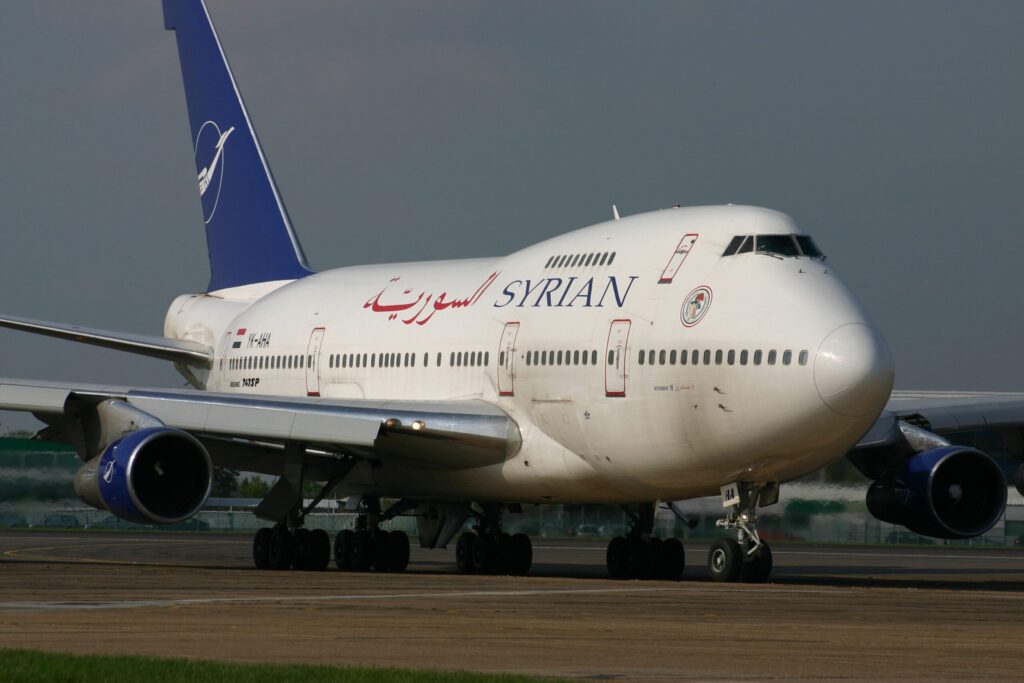One of the most disheartening sights in aviation is watching a once-promising market unravel due to political and civil turmoil, erasing years of economic progress and disrupting countless lives.
Syria is a clear example. Yet following more than ten years of decline, a new government and the recent easing of US sanctions offer tentative hopes that confidence may return and international carriers may once again take to the country’s skies.
The historical data makes for grim reading. While Syria was never on track to rival Dubai or Qatar, its aviation market had been growing steadily since the early 2000s, with available seat capacity doubling over 15 years, until the 2011 revolution and ensuing civil war brought the sector to a near-total collapse.
At its peak, 34 airlines served Syria. Syrian Arab Airlines led the way, operating an A320 narrowbody fleet to destinations across the region, Europe and Africa, accounting for over 40 percent of total capacity.
Major regional carriers such as Emirates, Royal Jordanian, Jazeera Airways and Flydubai all had a presence, though some had begun to scale back even before the conflict intensified. Air France maintained some early services, reflecting historic ties, and BMI British Midland offered connectivity to London Heathrow.
Fast forward to 2014, and only three airlines remained: Air France with an irregular presence, Iran Air – whose flights were often cancelled – and Kinda Air, a short-lived local start-up which folded within weeks of launching.
Scheduled operations were deemed too risky, and over the next decade, just two local carriers struggled on the edges of viability.
Those two airlines, Syrian Arab Airlines and Cham Wings, have managed to survive, operating small fleets of aging Airbus A320s. With just three and four aircraft respectively, their networks have been limited mostly to regional routes within the Middle East.
But now, there are signs of a fragile recovery.
Bolstered by the shift in Syria’s government, Qatar Airways, Turkish Airlines and most recently Flydubai have all resumed daily services, reconnecting the capital Damascus with their global hubs. Their return helps restore credibility to the market and, more importantly, reopens vital links that can enable trade and reinvestment.
While long-haul routes to destinations like Paris, London or Frankfurt remain unlikely in the short term, the priority now is rebuilding consistent, high-frequency regional connectivity.
Ideally, Damascus would be served by at least three daily flights to each major Middle Eastern hub, something that will take time and a sustained recovery to achieve.
For the two domestic carriers, future growth will be difficult. Expanding networks may look good on paper, but harsh realities – high operating costs, scarce access to foreign currency and an ageing fleet – pose serious obstacles.
Syrian Arab Airlines’ average fleet age is 24 years; Cham Wings is even older at 26. Any spare capital would be better invested in fleet renewal, potentially supported by development aid or donor-backed programmes.
Had the Syrian conflict not erupted in 2011, the aviation market might today be handling around 4.9 million seats annually – instead of the current 600,000. Even then, Syria would remain one of the smaller markets in the region. But that scale of connectivity could have played a significant role in supporting trade, mobility and broader economic recovery.
If confidence continues to build, and regional connectivity strengthens, daily services to European cities are entirely possible. That would be a powerful signal that Syria’s aviation sector – and perhaps the country more broadly – is finally back on a path to sustainable growth.
John Grant is partner at UK consultancy Midas Aviation



